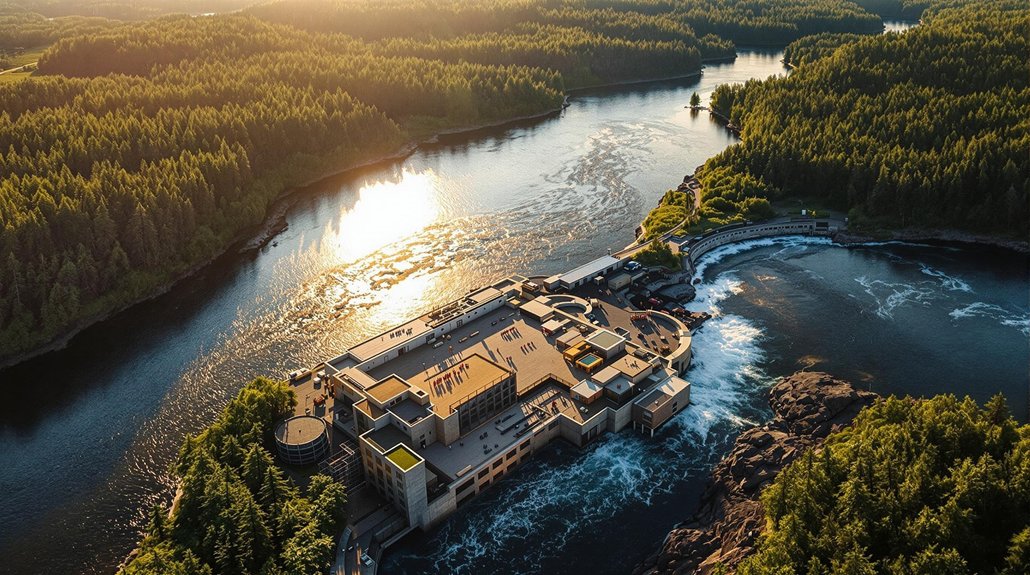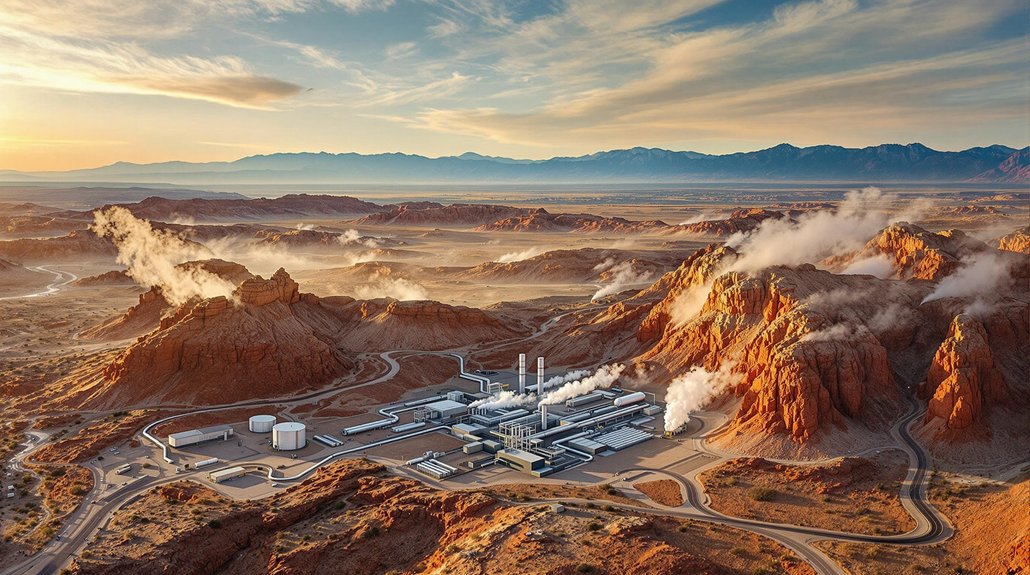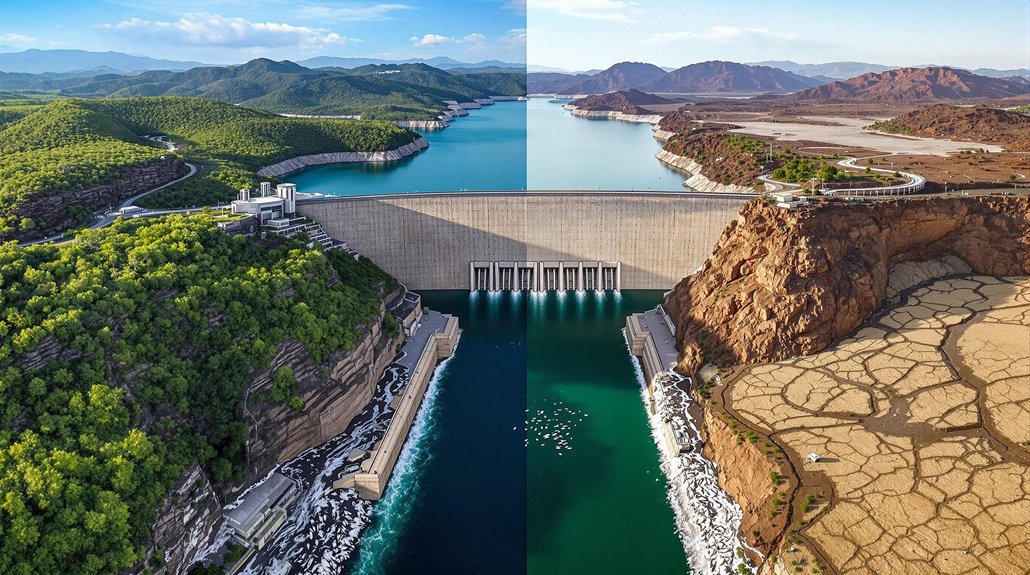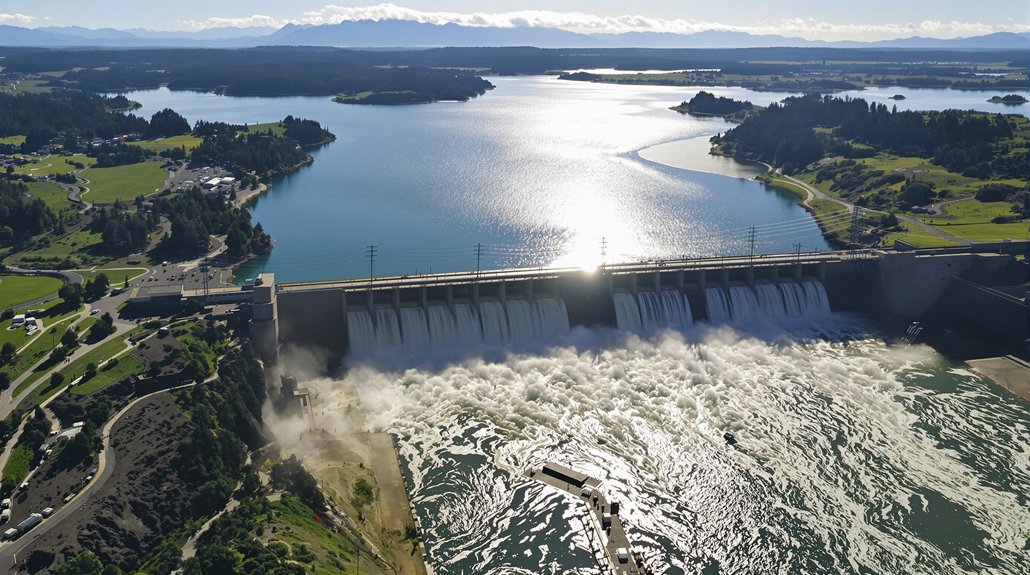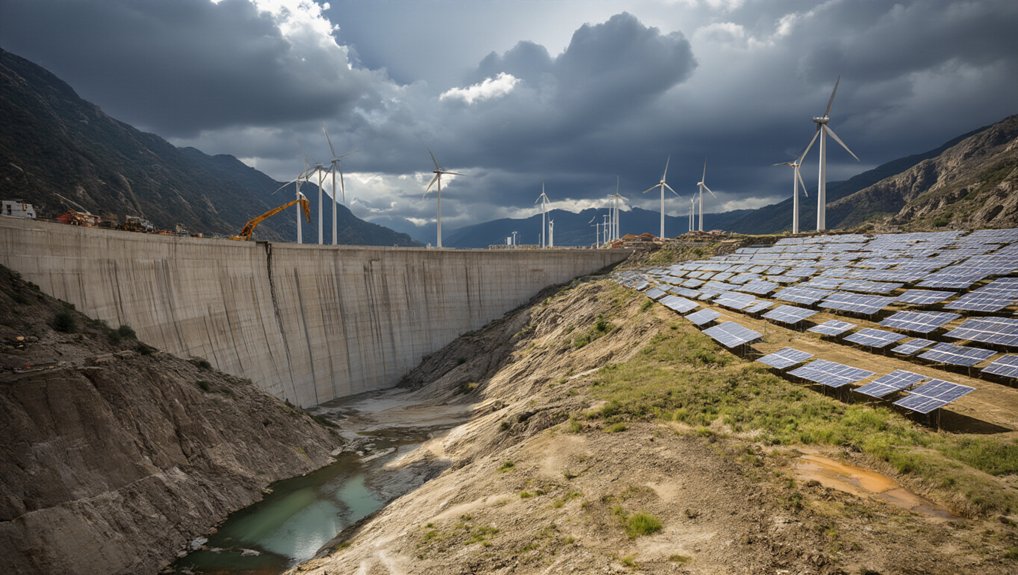Ontario’s government has partnered with Taykwa Tagamou and Moose Cree First Nations to build two new hydroelectric stations. The Nine Mile Rapids and Grand Rapids facilities will generate 430 megawatts, powering about 430,000 homes. This marks Ontario’s first new hydro stations in a decade. First Nations serve as co-planners, not just consultees, creating a new model for energy development. The alliance addresses Northern Ontario’s growing energy needs while respecting Indigenous rights and knowledge.
As Northern Ontario prepares for a major energy transformation, the provincial government has formed a groundbreaking partnership with Indigenous communities. The Ontario government is collaborating with Taykwa Tagamou Nation (TTN) and Moose Cree First Nation (MCFN) to develop two new hydroelectric generating stations in the region.
This innovative framework puts First Nations in leadership roles as co-planners for the Nine Mile Rapids and Grand Rapids generating stations. The projects mark the first new hydroelectric stations built in Ontario in a decade. Ontario Power Generation (OPG) will provide technical support, including environmental studies and operational expertise.
The two stations will have a combined capacity of 430 megawatts – enough to power approximately 430,000 homes. Nine Mile Rapids will generate 256 MW, while Grand Rapids will produce 174 MW. This significant power boost comes at an essential time, as Northern Ontario’s electricity demand is projected to grow by 81% by 2050.
Hydroelectricity currently supplies about 25% of Ontario’s power. These new projects will help the province meet its clean energy goals while reducing greenhouse gas emissions. The plans include measures to preserve natural ecosystems and respect traditional territories. The facilities are designed to operate for 50-100 years with minimal maintenance costs. Minister Stephen Lecce emphasized the province’s commitment to generating affordable electricity within Ontario’s borders.
Ontario’s hydroelectric expansion balances clean energy goals with ecosystem preservation while honoring traditional Indigenous territories.
The partnership represents a model for economic reconciliation. First Nations will benefit from meaningful roles in development planning and will receive financial benefits to improve local conditions. These partnerships prioritize community-led decision-making processes throughout the early exploration phase. Indigenous communities’ deep connection to the lands and rivers enhances the planning process, leading to more effective project designs.
Northern Ontario’s economy will see positive impacts through infrastructure investments and job creation. The reliable electricity will support industries in remote regions and contribute to community development funds for First Nations.
While the alliance faces challenges including environmental assessments and technical hurdles in developing remote facilities, the partnership approach helps address these issues. The project symbolizes a shift toward more collaborative energy development models that respect Indigenous rights and leadership.
This historic alliance demonstrates how traditional energy development can be reimagined with Indigenous communities as true partners rather than afterthoughts.
